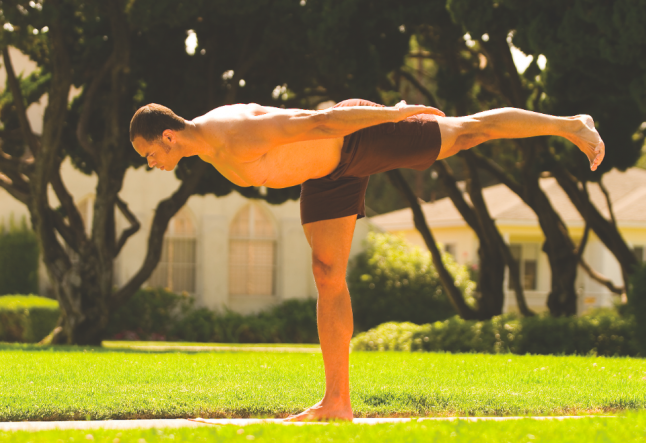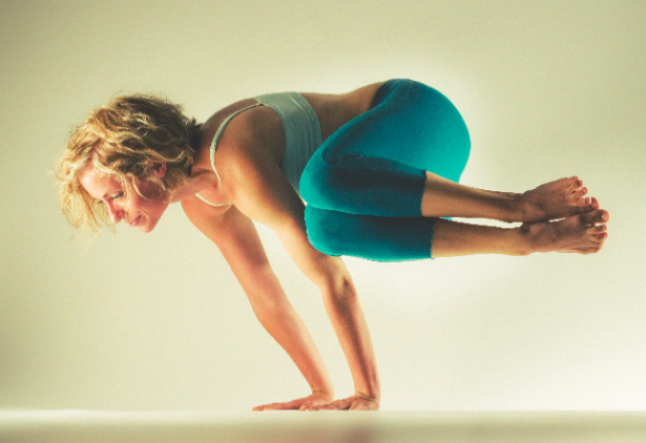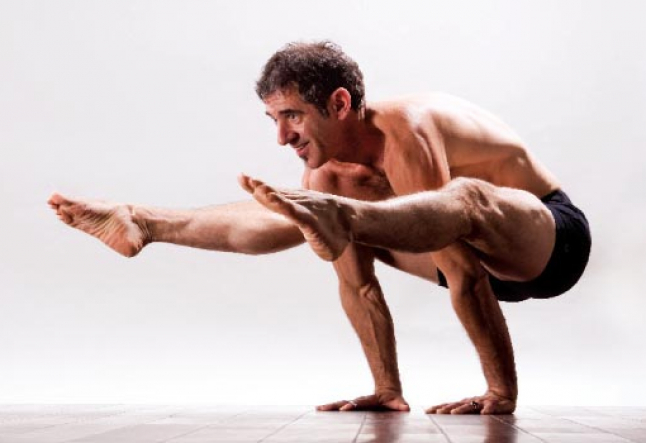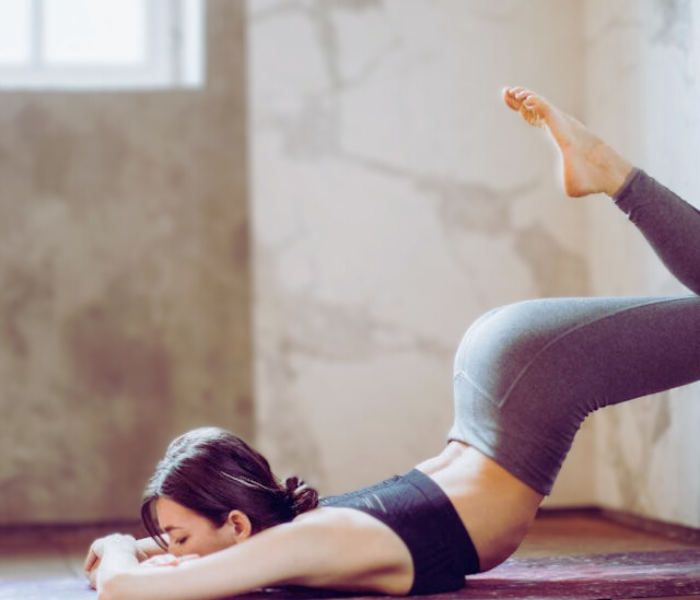Tadasana (Mountain Pose): What standing tall really teaches us
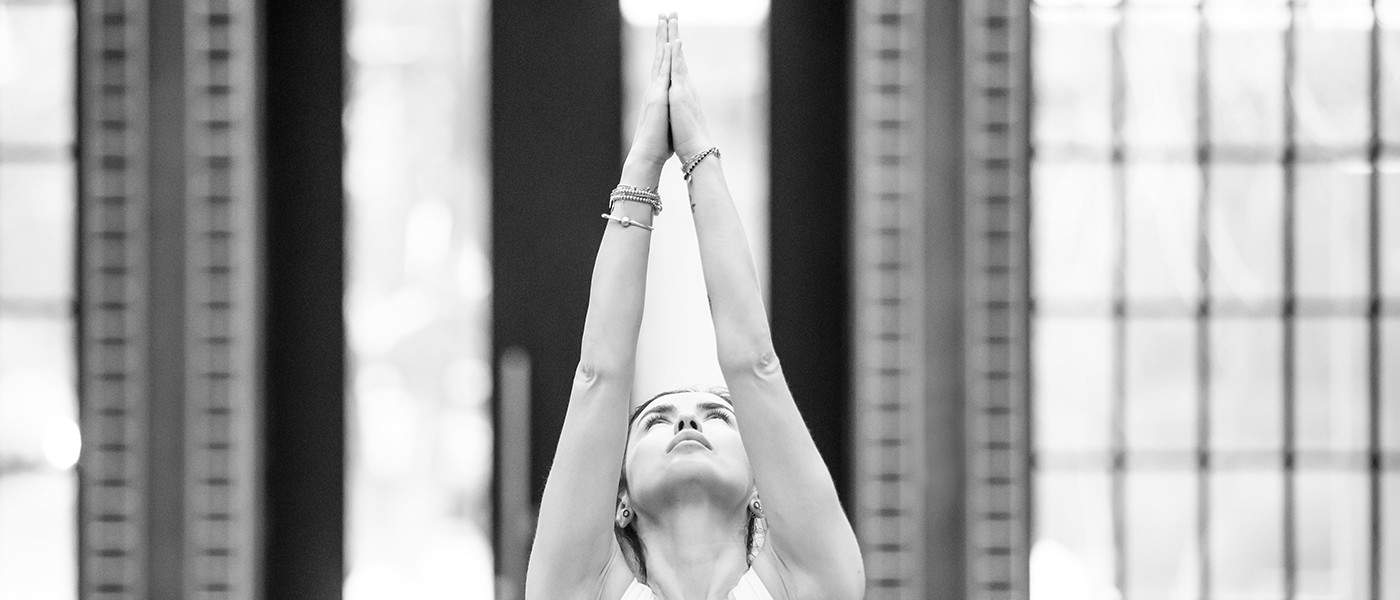
Standing still doesn’t always feel powerful. But some of my most grounding, transformative yoga sessions began simply with standing, rooted, grounded, present, in Mountain Pose.
I still remember the first time I truly heard my body in Tadasana. I’d been rushing through my day, shoulders tight around my ears, mind racing.
As I planted my feet and lifted through the crown of my head, I felt a strange sense of space, inside my spine, under my feet, between my thoughts.
In that moment, Tadasana stopped being “just a pose.” It became a reset button.
If you’ve ever wondered whether standing can do something, here’s everything I’ve learned (and taught) about Tadasana, as a foundation, a teacher, and a quiet ritual.
Why Tadasana is more than it seems
At first glance, Tadasana may appear passive, just standing. But what feels passive can be deceptively potent.
Physically, energetically, mentally: this pose offers a blueprint for alignment, breath, and inner calm that resonates far beyond the mat.
In the words of yoga therapist Paula Brown (C‑IAYT, E‑RYT 500):
“A mountain isn’t just sitting on the surface. It’s rooted deep into the earth.” Cleveland Clinic
That rootedness can translate into a quiet confidence, a presence that ripples out into everything you do.
What is Tadasana: origins & meaning
The Sanskrit name Tadasana comes from tāḍa (mountain) + āsana (posture). The mountain symbolism isn’t decorative, it’s a metaphor for grounding, steady strength, and inner stillness.
Many traditions also use the term Samasthiti, meaning “equal standing,” which emphasizes balance and neutrality. Yoga Journal
Over the years, as I’ve taught and practiced, I’ve come to see Tadasana as more than physical alignment. It’s a moment of recalibration, a way to reset posture and mind, to re‑anchor when life feels chaotic.
How I practice (and teach) Tadasana, step by step
Here’s how I guide myself (and my students) into a mindful Mountain Pose. I encourage you to take it slow, notice how each adjustment, subtle or bold, shifts not just your body, but the way you stand in life.
- Stand with feet either hip-width apart or gently touching (big toes together, heels slightly parted), whichever feels more stable.
- Spread your toes wide. Feel all four corners of each foot connecting to the earth: big toe mound, little toe mound, inner and outer heel.
- Soften the arches, or gently lift them, depending on how your feet feel, to create a grounded but alive foundation.
- Engage the thighs by lifting the kneecaps slightly. Firm (not clench) your glutes. Draw the navel gently toward the spine. Let your tailbone soften down.
- Lengthen upward through the spine: feel a thread at the crown of your head reaching toward the sky. Keep your chin parallel to the floor. Relax your face, soften your gaze.
- Let your arms hang alongside your body or rest naturally with palms facing in or slightly forward. Broaden across your collarbones. Shoulders relax, but don’t collapse.
- Soften your jaw, soften your eyes, and take slow conscious breaths, inhaling through the nose, exhaling through the nose (or mouth, if that feels natural). Stay for 5–10 breaths, or up to a minute.
Often in class, I’ll say, “Imagine you’re a mountain rooted, but with a flagpole through your spine, standing tall, but light enough to wave.”
Tech instruction is powerful, but the inner lived sense of alignment, breath, and presence is what transforms this into practice.
What Tadasana really gives us: Benefits of the pose
Because I’ve taught Tadasana to beginners, experienced yogis, people recovering from injury, and because I practice it myself, I’ve seen how it transforms posture and awareness.
Research and traditional wisdom support what the body already knows.
Physical alignment & posture
- Tadasana helps you find your “home posture”, proper spinal alignment, shoulders relaxed, hips neutral. Cleveland Clinic MasterClass
- It strengthens legs, ankles, glutes, and core, muscles often under‑engaged in our sedentary lifestyle. ResearchGate Greatist
- Regular practice can reduce muscular tension, bring awareness to habitual slouching, and help everyday standing feel more grounded and less tiring.
Mind‑Body awareness & breath consciousness
- Because alignment is subtle and internal, Tadasana invites you to feel sensations, weight distribution, breath flow, subtle shifts, rather than simply “hold a shape.”
This cultivates bodily awareness (proprioception) and a sense of centered presence. Yoga Journal - The pose encourages mindfulness: grounded standing + conscious breath = a moment of clarity and calm in the middle of busy life. Many find it helpful when they feel scattered or overwhelmed. Healthline
Gateway to other poses & movement patterns
Even beyond the mat: learning to stand with awareness influences posture in daily life, walking, standing in line, commuting, helping reduce back pain and prevent habitual slouching.
Tadasana really feels like the “root code” for all standing asanas, once you know how to stand, you can understand alignment in more complex poses (like balancing poses, lunges, inversions).
Many instructors, including myself, encourage returning to Tadasana between postures to reset. conference.alexandertechniqueinternational.org
When & how I use Tadasana, variations, modifications, & real life
Over time I’ve adapted Mountain Pose to suit different bodies, moods, and needs. Here are a few ways I use it, and encourage my students to use it, off the mat, or as gentle entry points when energy is low.
- Hip‑width stance: For people with tight hips or knee sensitivity, a slightly wider base feels more stable. I call this “grounded mountain.”
- Wall support: Practiced standing with back near a wall, to feel spinal alignment and grounding, especially helpful early in a sequence or when introducing posture work.
- Seated Mountain Pose (Samasthiti in a chair): Great for office breaks or when mobility is limited. Align spine, press feet into floor, soften shoulders, breathe. Instant posture reset.
- Tadasana with arms overhead (like Urdhva Hastasana / “raised mountain”): A gentle way to stretch the side‑body and open the chest, especially nourishing if you’ve been sitting or hunched.
In my years teaching, I’ve had students tell me that simply “standing tall mindfully” between poses, or even during their day, brought unexpected clarity and calm. One of them said, “I didn’t think standing could feel like meditation, until it did.”
That’s the quiet power of Tadasana.
Also, Read>>> How Much Do Yoga teachers Make?
Common mistakes (and what I remind my Students)
Even though Tadasana seems simple, the body can easily fall back into habitual, unconscious standing, which defeats the purpose. Over the years, these are some of the recurring patterns I’ve corrected:
- Locking the knees (tension, over‑engagement). I cue a micro‑bend in the knees or softening the back of the knee, enough to engage without locking.
- Collapsing into the arches or rolling the feet (narrow base, unstable posture). I often ask students to spread toes, press evenly into all corners of the feet, let arches feel grounded yet alive.
- Rounding or shrugging shoulders. I remind people to broaden across the collarbones, draw scapulae slightly down and together.
- Holding breath or letting jaw/mouth tense. I encourage gentle, steady breath, soft jaw, soft eyes, so the pose becomes more meditative than mechanical.
In my experience, the biggest shift happens when people realize, “Oh, I’m not standing. I’m bracing.”
Once the body relaxes into stability, everything changes.
Why I return to Tadasana, a teacher’s reflection
As a yoga writer and teacher, I swing between dynamic sequences, flowing vinyasas, deep stretches, winding postures. But I always return to Tadasana. Not because it’s easy. Because it’s revealing.
When I stand, I rediscover how I carry myself, tight or open, tense or relaxed, grounded or floating. And often I realize: I’m carrying more than just weight on this spine.
Tadasana becomes a moment of recalibration. It reminds me: posture isn’t just about how I look. It’s about how I hold my energy, my breath, my awareness.
If you’ve ever skipped the basics, let this be your invitation. Stand. Breathe. Feel. And discover how powerfully quiet stillness can speak.
References & trusted reading
- “Mountain Pose (Tadasana): Benefits and How To Do It,” Cleveland Clinic, for alignment, posture, and breath benefits. Cleveland Clinic
- “The Benefits of Standing Tall in Tadasana (Mountain Pose),” Healthline, useful overview of posture, balance and mental benefits. Healthline
- Anatomical and holistic examination of Tadasana exploring alignment, muscular engagement, and energetic balance. IJCRT
Even though Tadasana seems simple, the body can easily fall back into habitual, unconscious standing, which defeats the purpose. Over the years, these are some of the recurring patterns I’ve corrected:
- Locking the knees (tension, over‑engagement). I cue a micro‑bend in the knees or softening the back of the knee, enough to engage without locking.
- Collapsing into the arches or rolling the feet (narrow base, unstable posture). I often ask students to spread toes, press evenly into all corners of the feet, let arches feel grounded yet alive.
- Rounding or shrugging shoulders. I remind people to broaden across the collarbones, draw scapulae slightly down and together.
- Holding breath or letting jaw/mouth tense. I encourage gentle, steady breath, soft jaw, soft eyes, so the pose becomes more meditative than mechanical.
In my experience, the biggest shift happens when people realize, “Oh, I’m not standing. I’m bracing.” Once the body relaxes into stability, everything changes.
Conclusion: The power of presence in a single pose
In a world that constantly pulls us forward, sideways, and out of ourselves, Tadasana is the gentle invitation to return, to center, to breath, to the body’s quiet wisdom.
For me, this pose is a reminder that I don’t always need to move to progress. Sometimes, simply standing well teaches me everything I need to know about stability, self-awareness, and strength.
If this resonates, and you’re curious how other standing poses build on this foundation, I’ve created a guide that expands the conversation:
Explore 10 Essential Standing Yoga Poses, and deepen your practice, one steady step at a time.
Let Tadasana be your beginning
